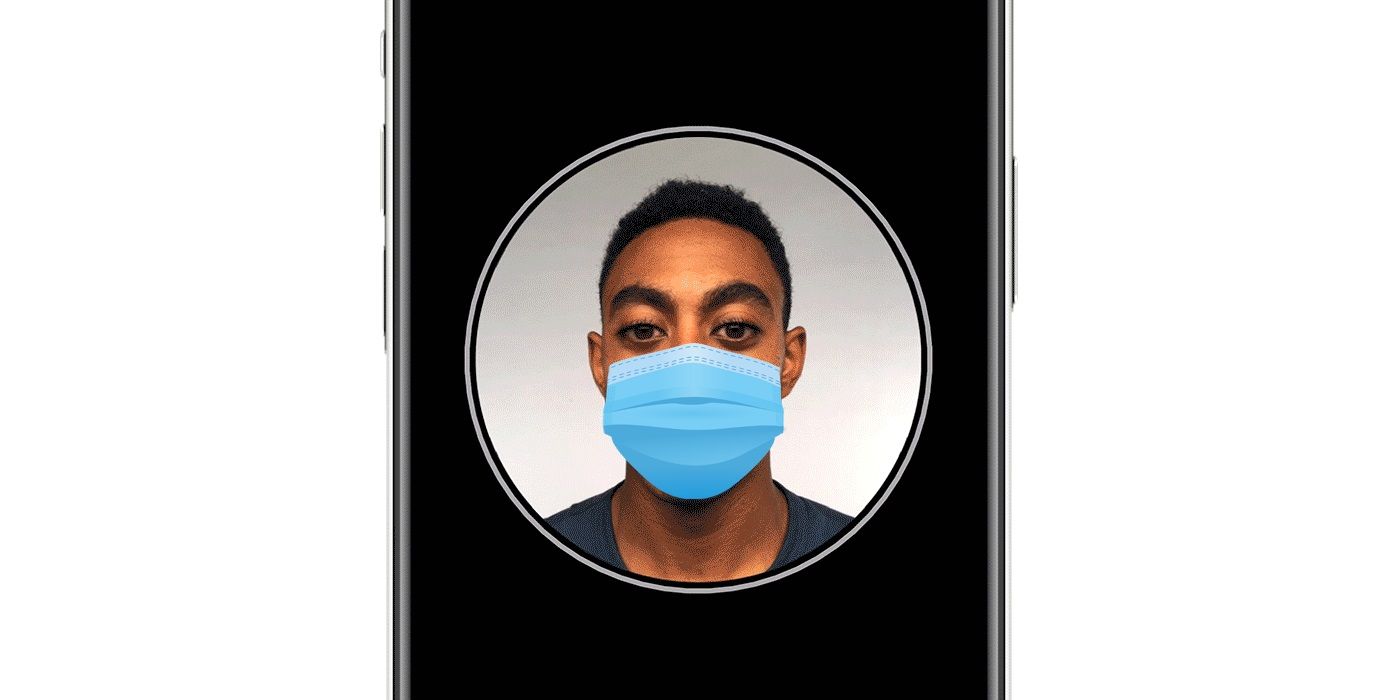Face ID is one of two biometric authentication methods Apple uses on its devices, with the second being Touch ID. Biometric authentication is one of the features of most modern mobile devices. It is used to secure the device and prevent the user’s data from being accessed by just anyone. While fingerprint scanning and facial identification are the two popular methods, there used to be a third called Iris Scanning, but it didn’t catch on.
First introduced on the iPhone X in 2017, Face ID is now the biometric authentication method that comes with the iPhone number series and the iPad Pro. Apple still uses Touch ID (fingerprint scanning) on some devices such as the iPhone SE models, the iPad Air, and select Magic Keyboards for Mac. Users can also use Face ID and Touch ID to sign in to apps and confirm purchases.
Face ID is one of the most secure face authentication methods available on a smartphone, and it can do this with the aid of advanced hardware and software. The hardware part includes the infrared camera, flood illuminator, proximity sensor, ambient light sensor, and dot projector. As described by Apple, a user sets up Face ID for the first time. The system captures the details of their face. This is done by projecting thousands of dots (via the dot projector) onto the face and capturing all of the details with the help of the infrared camera. The face map is stored in a secure enclave on the phone’s processor in the form of a mathematical representation. When the user tries to unlock their device, the captured data is converted to a mathematical model compared with what is stored on the device. If it matches, it will unlock the device.
Why Does Face ID fail?

When Face ID scans the user’s face, it looks out for several features, such as recognizing if the person’s eyes are open and if their attention is directed towards the device. It also looks at depth details. These safeguards make it impossible to unlock a phone with a photograph or unlock the device if the owner is sleeping or unconscious. However, there are times Face ID won’t work, and it can be due to a variety of reasons.
While the system is designed to automatically adapt to changes in the user’s appearance, such as growing hair or clothing accessories such as hats, glasses, or even contact lenses, a significant difference in appearance can cause it to fail. Also, certain sunglasses may block the infrared light from the Face ID system and prevent it from unlocking the phone. In these cases, the user will have to enter their passcode to access their phone. If all of the requirements are met, and it still doesn’t work, Apple suggests resetting Face ID. If that fails, it is advised that the device be taken to an Apple store or authorized service provider.




